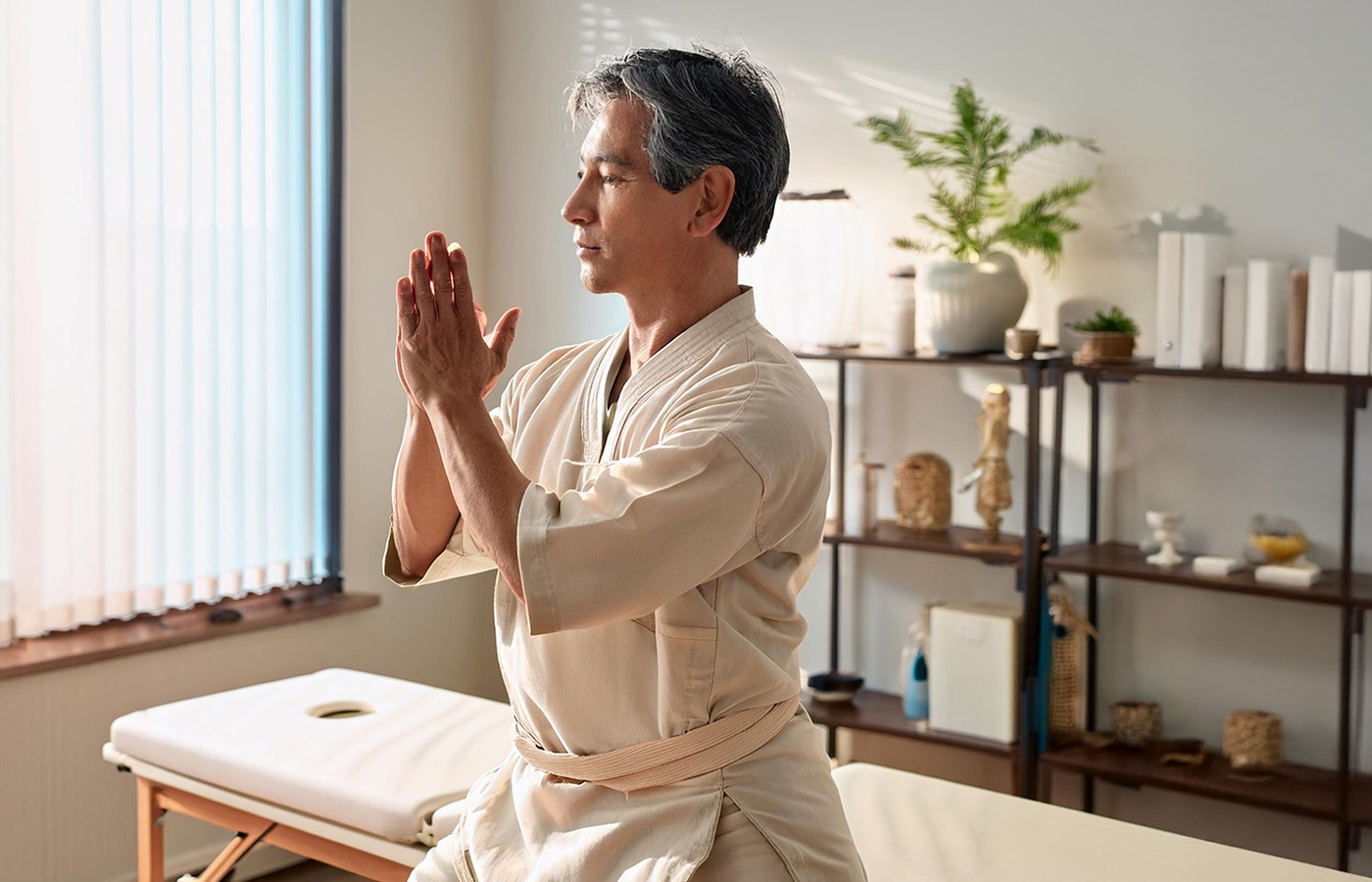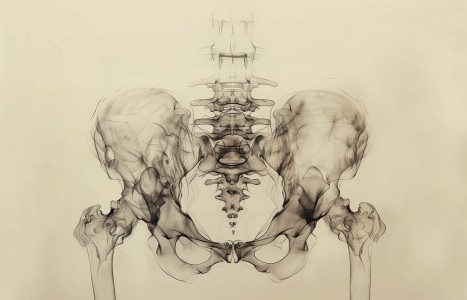People today want convenience, whether it be from their bank, credit card, favorite retail store, or restaurant. They demand it from the companies who hold their loyalty, including their health care providers (you). They don’t want to call and possibly be put on hold, and they want to use an app or schedule an appointment on your website. Here are three reasons your practice can gain by switching to online appointment scheduling.
Why Every Acupuncturist Should Practice Qigong (Pt. 4)
Editor’s Note: This is the final installment in this four-part article. Part 1 ran in November 2024; Part 2 in December; and Part 3 in January 2025.
5. Qigong – Some Challenges
It’s hard to say why qigong tends to have such a low profile, even among acupuncturists, although I can suggest a few possible reasons.
Beginners quite commonly report feelings of frustration and discomfort when asked to stand silently or perform movements coordinated with deep, slow breathing. One reason is simply the abundant yang energy of youth, and there is something of a Chinese tradition that the young practice more vigorous “external” martial arts and only gravitate to internal practice later in life, maybe after they get injured or just get older.
The other reason is that stillness can reveal layers of stagnation normally dispersed or masked by more vigorous activity. In this case, I find that explaining what is happening can encourage people to challenge themselves to stay with the practice.
It is also true that qigong practice can trigger other, powerful emotional responses. They should never be sought, but should be acknowledged and safely expressed if they are genuinely spontaneous. Weeping and laughter are quite common, but sometimes more disturbing feelings or images can arise.
For this reason, especially in the early months of practice, we should avoid too much intensity, and especially remember that breathing is a powerful transformative tool. While we want to encourage deep, slow, lower abdominal breathing, we should never force it.
Another challenge is the fact that qigong, for most people, is harder to “get” than things like running, gym training or even yoga. These are familiar to us from childhood (bend down and touch your toes ... how far can you go?), and the intensity of aerobic exercise or big stretches delivers an immediate and reliable buzz.
By contrast, qigong tends to deliver its riches more slowly and often requires a period of regular and dedicated practice to do so. I first learned qigong from Chinese books, which often said that the beginner should practice for 90 days without a break for exactly that reason.
Finally, as far as the general public is concerned, it is unfortunate that some of the terminology around qigong can be alienating. Personally, I believe that pretty much everything we work with and experience in qigong practice can be explained in straightforward language, and most of the time I don’t even mention that sometimes unhelpful term qi. And of course, it doesn’t help that the written word qigong is unpronounceable by anyone familiar with standard English spelling.
I don’t think qigong is mysterious, at least not in the way that is often understood. I ally myself with the qigong teacher Wang Xiang-Zhai (1885-1963), who said “The ordinary is the extraordinary”;11 and with the great 19th-century doctor Fei Boxiong, who wrote (of medicine), “There exist no miraculous methods in the world, only plain ones, and the perfection of the plain is miraculous.”12
Conclusion
Most practitioners understand that some form of self-cultivation (physical, mental, emotional) is necessary to maintain health and well-being, especially given our work with sick patients and especially as we age. As the no-nonsense quote from the Neijing below reminds us, “Those who are able to maintain strength, they live. Those who fail to maintain strength, they die.”
We are lucky enough to be the recipients of over two millennia of knowledge and wisdom on how to cultivate the body-mind, drawn from Daoist, Buddhist and Confucian practices, Chinese medicine, folk medicine and martial arts.
The title of this article, therefore, is not meant to be a judgmental, finger-wagging kind of “should,” but more an invitation to discover a daily practice that helps shape and refine us, improve our health and well-being, delay aging, and enable us to respond better to the needs of our patients.
“As for the back, it is the palace of that which is in the chest. When the back is curved and the shoulders drop, the palace will soon be destroyed. As for the lower back, it is the palace of the kidneys. When [a person] is unable to turn and to sway, his kidneys will soon be worn out. As for the knees, they are the palaces of the sinews. When [a person] cannot [freely] bend and stretch and if while walking he is bent forward and leans [on a stick], his sinews will soon be worn out. As for the bones, they are the palace of marrow. When [a person] cannot stand for long and if while walking he staggers back and forth, his bones will soon be worn out. Those who are able to [maintain] strength, they live. Those who fail to [maintain] strength, they die.”
— Yellow Emperor’s Internal Classic, between 2nd century BCE and 2nd century CE13
References
- Cohen K: The Way of Qigong: The Art and Science of Chinese Energy Healing. Ballantine Books Inc., 2000.
- Scheid V. “The Mangle of Practice and the Practice of Chinese Medicine: A Case Study From Nineteenth-Century China.” In Pickering A, Guzik K (eds): The Mangle in Practice: Science, Society, and Becoming. Durham, NC: Duke University Press, 2009.
- Yellow Emperor’s Inner Classic, 2nd century BCE to 1st century CE; Unschuld P. Huang Di nei Jing Su Wen. University of California Press, 2011.



